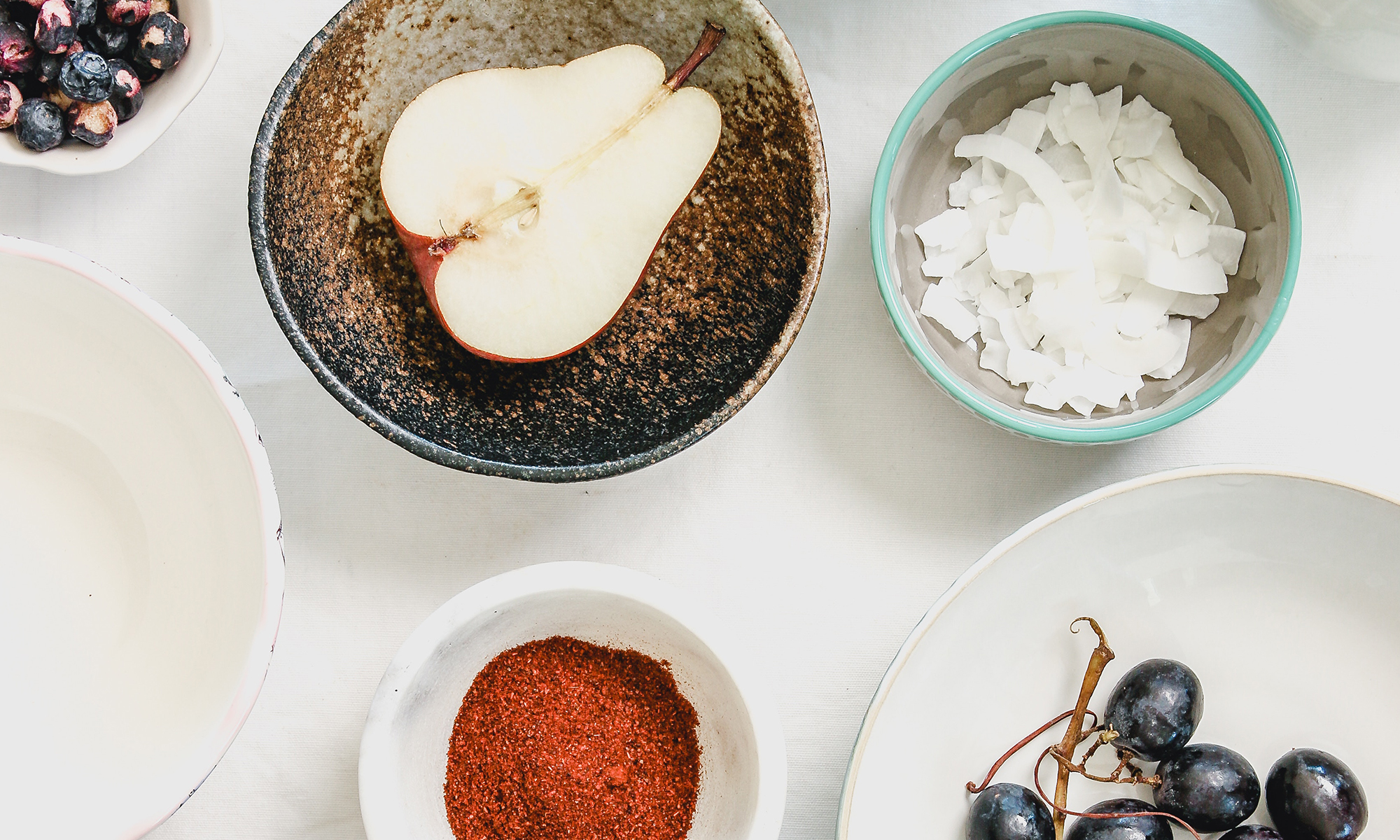I thought I had just watered the ficus tree in the hallway, but when I looked at it this morning, the soil was bone-dry. I gave it a quart of water, but the water quickly raced to the bottom of the pot into the base plate. Within hours, the soil was dry again. It’s a miracle the plant is still alive.
I bought the ficus tree a few weeks after moving into my first Boston apartment. Like me, it’s had several homes in the last 15 years… moving into larger and larger pots. Its current home is a 5 gallon, ceramic planter.
The soil is depleted of nutrients and structure. After several years in the same pot without refreshing the soil, it can no longer hold water. The tree has sucked out every ounce of life from the soil. Sure, I can add fertilizer or plant food to the soil, but it won’t rebuild the soil to help it retain moisture and nutrients to slowly feed the roots.
The same type of soil erosion happens in our gardens and in our farm lands. Plants take the nutrients out of the soil to support their growth. And if we don’t replenish the soil, we can’t continue to grow healthy plants. Many commercial farmers (and home gardeners) opt for chemical fertilizers and amendments to add the nutrients back.
The chemical soil amendments give the requisite nitrogen and phosphorus, and commercial farmers can grow more corn and wheat. But unless the soil is regenerated, these fertilizers are like a crack addiction: the farmers must add more and more to get the same effect. And the sea-life becomes collateral damage. The run-off from these chemically treated fields in the corn belt of the US flows into the Gulf of Mexico, creating algae bloom, depleting oxygen levels in the water, and suffocating sea life. The dead zone in the Gulf of Mexico, where fish no longer survive, spans approximately 7,000 square miles.
A primary tenant of organic, sustainable farming is to maintain healthy soil so that it can regenerate itself without artificial enhancements, and without creating run-off that kills other plants or animals. We can amend our soil naturally, keeping its structure healthy so that we don’t need chemical fertilizers.
Organic and sustainable farming practices implement a variety of methods to maintain soil health: crop rotation, cover crops and compost. Cover crops, such as legumes and clover, are planted in off-seasons to replenish the soil naturally with nitrogen. For large-scale farmers this also would mean growing a variety of crops (and
not just miles and miles of corn), rotating the crops across different
plot of land, and letting the land lay fallow every several years.
Unfortunately, most commercial farmers do not do this, nor do government subsidies support this.
For the home gardener, compost offers another option.
Compost is decomposed organic matter, it can be animal scraps (or waste), vegetables or leaves. Compost looks like dirt and has no smell. It can be worked into existing soil to help replenish the nutrients and structure. My compost bin is a receptacle for food scraps, harnessing all the left-over nutrition to feed back into the ground.
Around my house, I have other natural sources of nitrogen. The spent coffee grounds are chock-full of nitrogen, as is the leftover ash from the charcoal grill. I sprinkle these all over the garden in the spring.
As for my ficus tree, I will take it out of its pot, add the old dirt to my compost bin and give it fresh soil.
Banana Bread
The banana peels get tossed into the compost bin. In a few months, I’ll have fresh soil for the garden (and my ficus tree). It also goes great with a cup of coffee.
1 1/4 cups all-purpose flour
1/2 cup whole wheat flour (or more all-purpose flour)
2 1/4 tsp. baking powder
1/2 tsp. salt
6 tbs. butter
2/3 cup sugar
zest from 1 lemon
1 tsp. vanilla extract
2 eggs
5 bananas – to yield about 1 1/4 cup mashed pulp
- Whisk together the flour, salt and baking powder.
- In an electric mixer, cream together the butter and sugar. Add the lemon zest, vanilla, eggs and banana.
- Fold in flour.
- Bake in a greased loaf pan for 1 hour at 350F.
